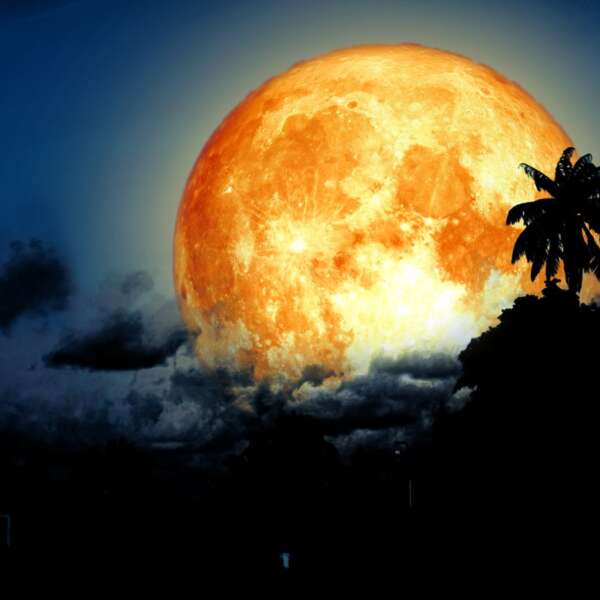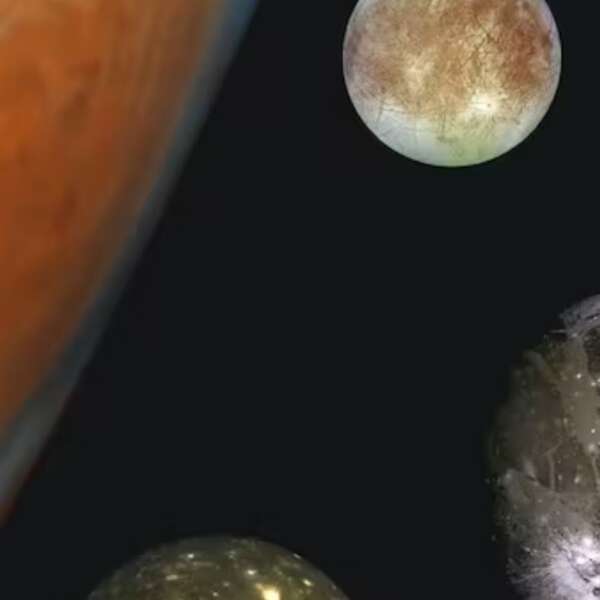Missed the April meteor showers? Don’t worry, we have another one coming this week
The April skies have been a magnificent canvas for the astrophile or lovers of the sky because of the Lyrids meteor shower and the conjunctions that occurred. If you are like us who favor looking up at the stars over sleeping in, then this month, particularly this week, will be something to look forward to because of the upcoming meteor shower.
In the latest Astronomical Diary released by the Philippine Atmospheric, Geophysical and Astronomical Services Administration(PAGASA), the Eta Aquarids’ major activity is from April 19 to May 28 but will peak on Friday, May 6, 2022.
The Eta Aquariid Meteor Shower
the Eta Aquarid Meteor Shower occurs each year as a result of the Earth’s passing close to the orbit of Halley’s comet twice a year. The meteors will radiate within the constellation Aquarius, the Water Bearer, specifically from one of its brightest stars, the Eta Aquarii.
Moreover, NASA said that Eta Aquarid meteors are known for their speed. Fast meteors such as the Eta Aquarid can leave glowing trains which may either last for several seconds or even minutes.
Best Time to Watch the Eta Aquarid Meteor Shower
About forty (40) meteors per hour may be seen in the pre-dawn sky from areas in the Northern Hemisphere like the Philippines. PAGASA advised that the Eta Aquariids meteor shower is best observed around 4:00 in the morning when the radiant is at its highest point in the sky.

The view of the eastern sky during the peak of η- Aquariids on 6 May 2022 at 4:00 AM when the shower’s radiant is highest in the sky
How to View the Eta Aquariid Meteor Shower
Planning to witness the meteor shower lighting up the pre-dawn sky of the 6th of May? NASA suggests that you look for an area that is well away from city or street lights when viewing the Eta Aquarids meteor shower.
If you’re wondering which part of the sky to look at, you can take advantage of mobile apps that will guide you in the right direction. Search for the Aquarius constellation, or in some applications like Sky Map, you can just look up for Eta Aquariids and it will show you the way.
The agency also advised viewers to lie flat on their back with feet facing east and look up, taking in as much of the sky as possible. After about 30 minutes in the dark, your eyes will adapt and by then you will start to see meteors.
@baguiocityguide Reply to @danicarane highly requested star timelapse #tutorial! pause nyo na lang guys hirap pala gumawa ng tutorial haha #astrophile #meteorshower ♬ Sun Bed – David Staniforth
May 2022 Astronomical Diary
Aside from the meteor shower, below are the celestial events that will occur this month.
| May 1 Sunday | Close Approach of Venus and Jupiter | 04:56 AM |
| May 5 Thursday | Moon at Apogee (Distance = 405,225.556 km) | 08:46 PM |
| May 6 Friday | Eta Aquarids | before sunrise |
| May 7-8 Saturday-Sunday | Eta Lyrids | 04:00 AM |
| May 17 Tuesday | Moon at Perigee (Distance = 360,390.545 km) | 11:27 PM |
| May 22 Sunday | Close Approach of Saturn and Moon | 03:20 PM |
| May 25 Wednesday | Close Approach of Mars, Jupiter, and Moon | 02:00 AM |
| May 27 Friday | Close Approach of Venus and Moon | 11:03 AM |
| May 29 Sunday | Close Approach of Mars and Jupiter | 06:26 PM |
SOURCE: PAGASA, NASA
















